May 14, 2025 | 19:19 GMT +7
May 14, 2025 | 19:19 GMT +7
Hotline: 0913.378.918
May 14, 2025 | 19:19 GMT +7
Hotline: 0913.378.918
Tram Chim National Park covers an area of approximately 7,500 hectares, is a typical miniature model of the Dong Thap Muoi region, with a diverse ecosystem, especially birds.
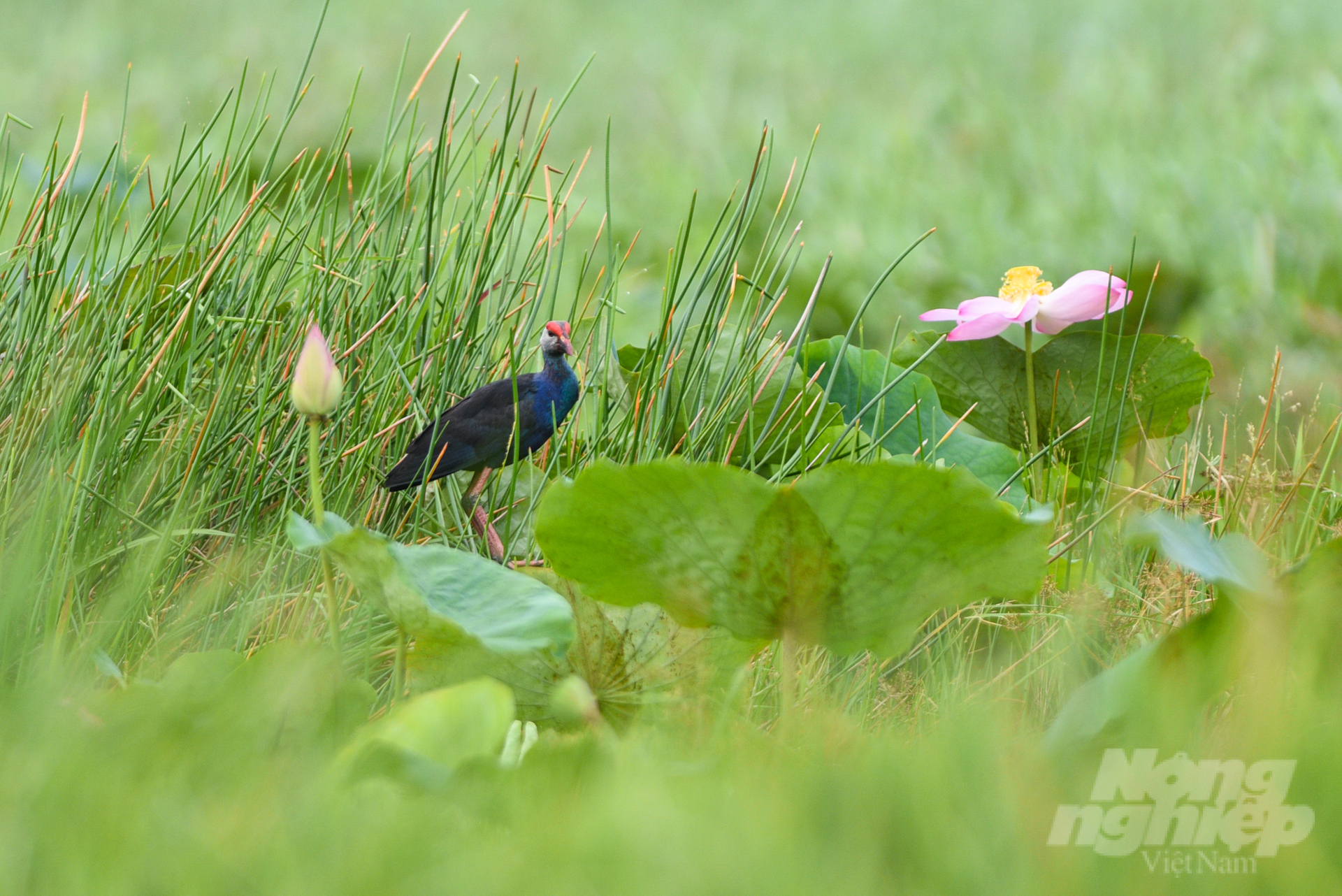
Dong Thap is not only well-known for its lotus fields, horizontal rice fields, and countless storks but also as an ecotourism destination that attracts a large number of visitors, one like Tram Chim National Park.
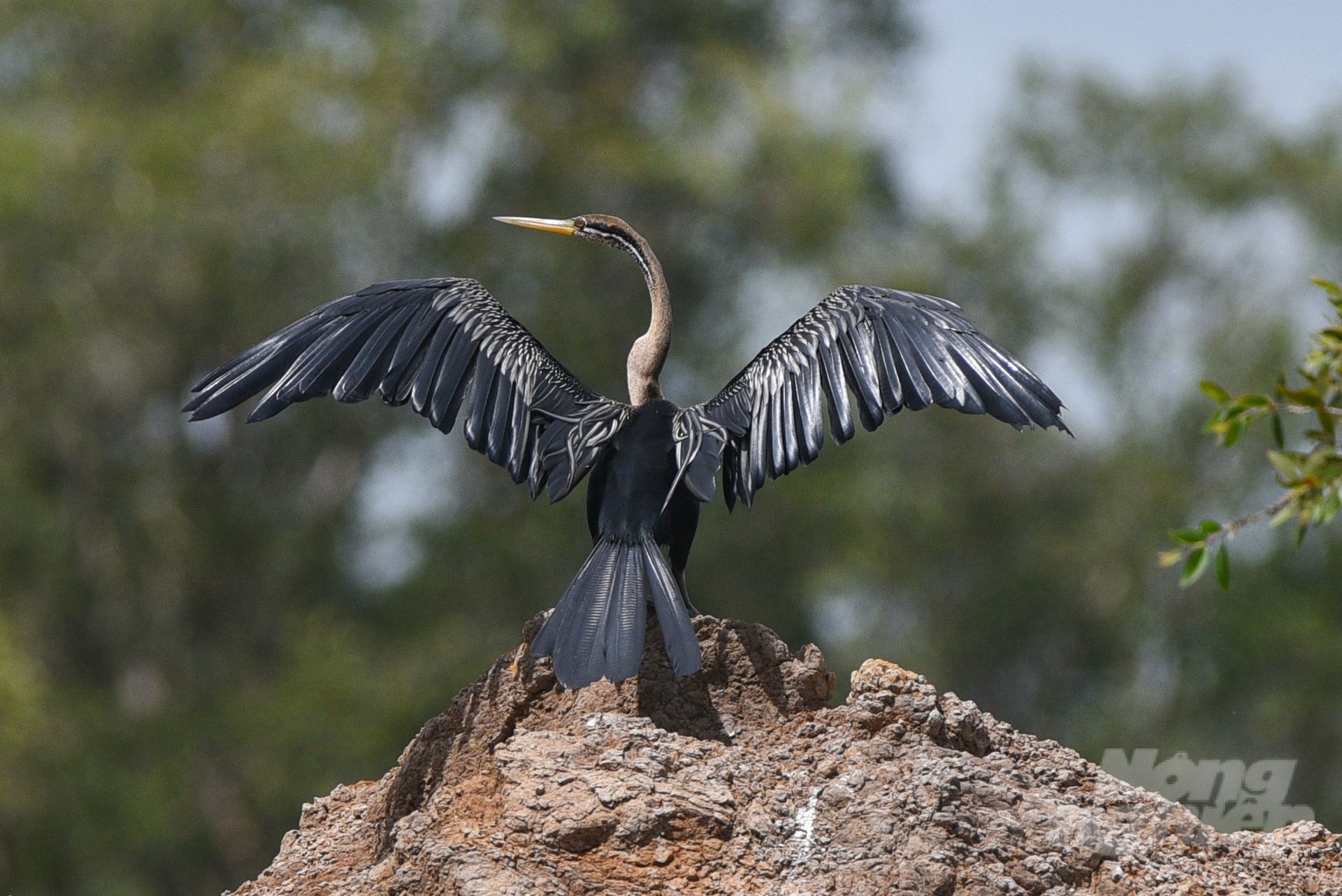
The neck of an oriental darter (Anhingidae family, Suliformes order) resembles that of a snake, so its Vietnamese name literally means "the bird with a snake-like neck". There are currently only four species of darters within a single genus, and one of them is threatened with extinction.
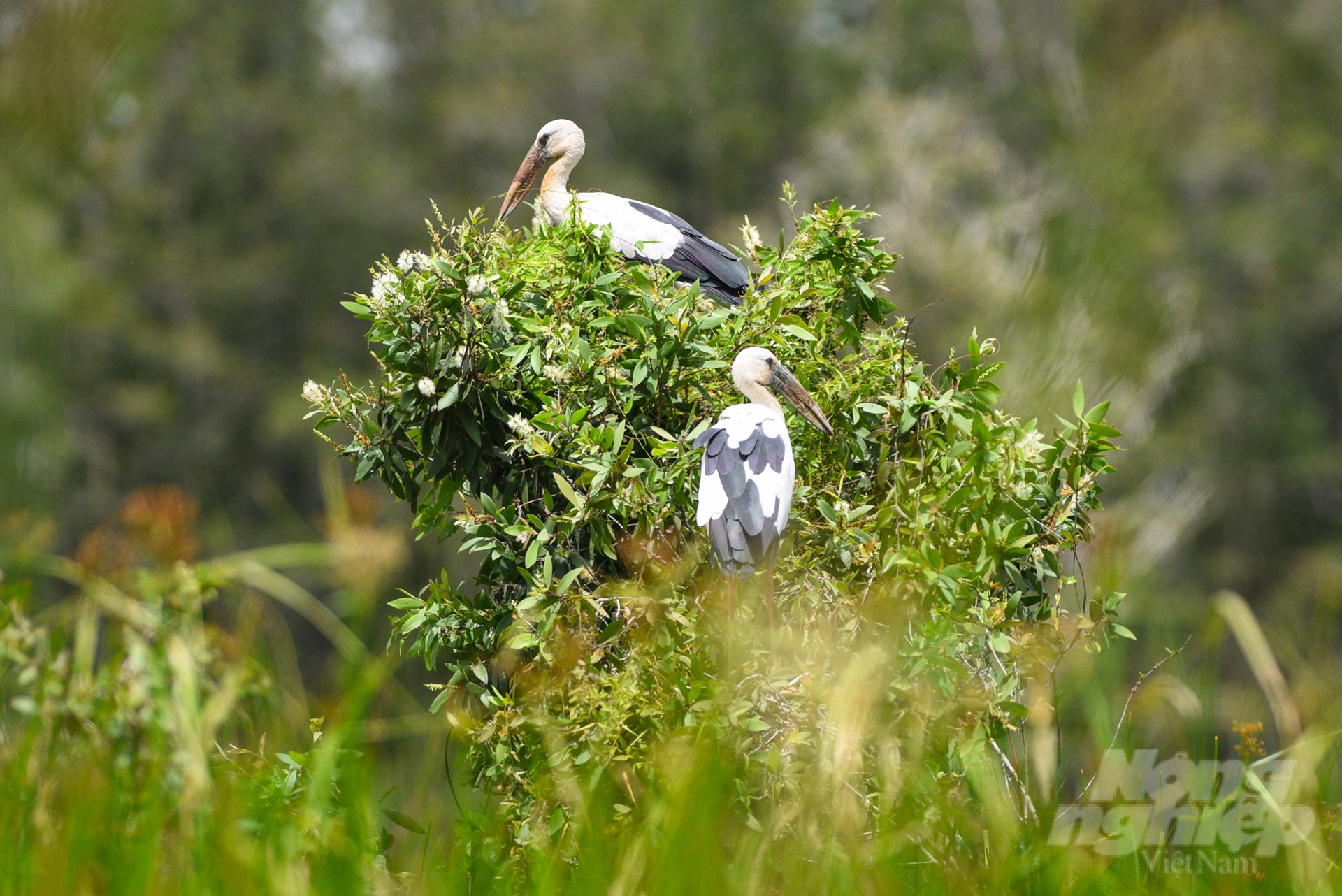
Asian openbill stork (Anastomus oscitans) is listed in the Vietnamese Red Book as an uncommon and aquatic avian. The stork remains well adapted to the environment of Tram Chim National Park as a result of the wetland's pure water and abundance of vegetation, on which it feeds year-round.
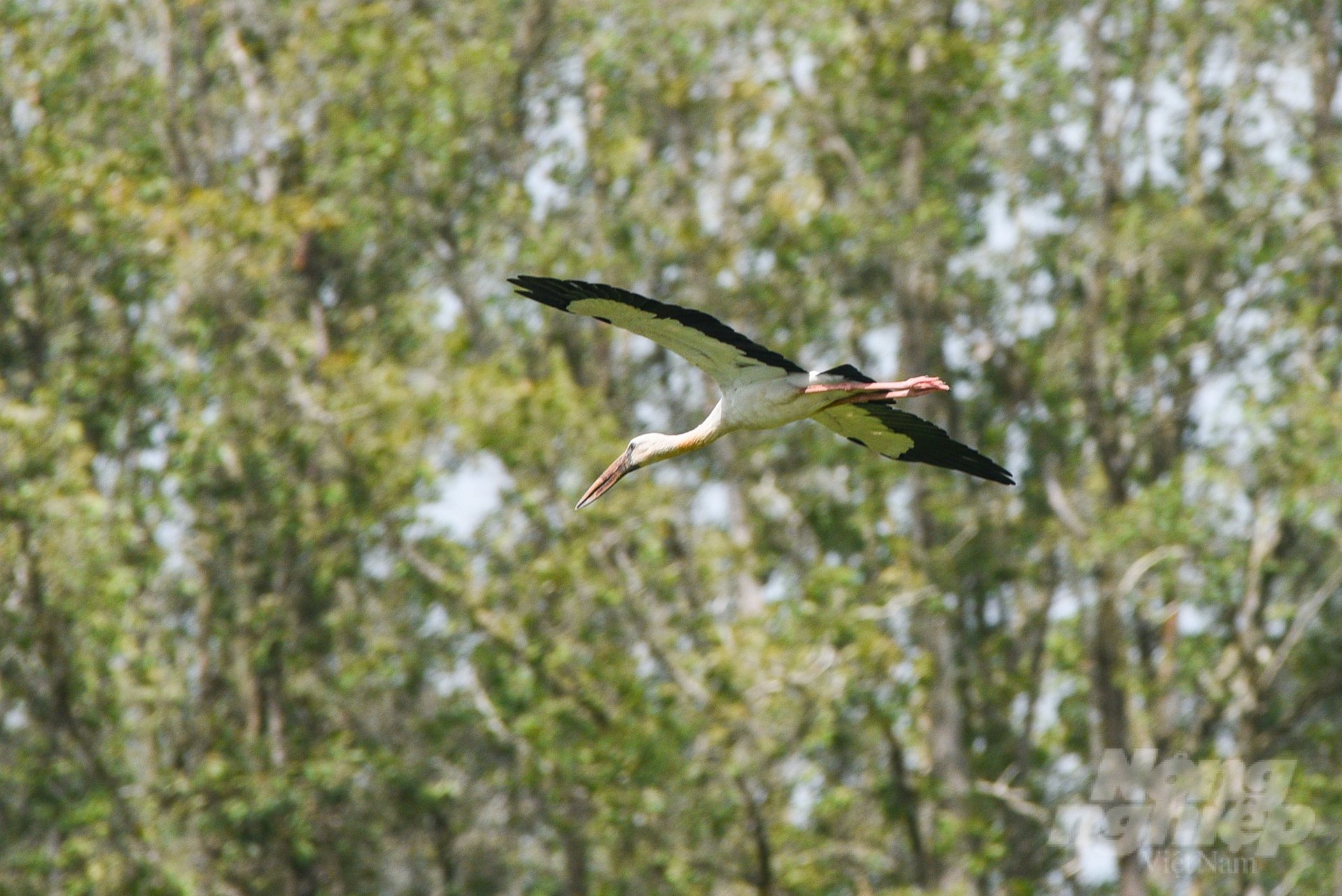
Its primary food consists of numerous types of snails, crabs, frogs, and insects. The Asian open-billed stork aids Tram Chim National Park in eradicating an abundance of yellow apple snails.

It weighs between 1 and 1.5 kilograms, is sedentary, and has lustrous black wings and a green or purple tail. The plumage of adults changes with the seasons. During the breeding season, Asian open-billed storks construct a nest of sticks on trees and lays two to four eggs.
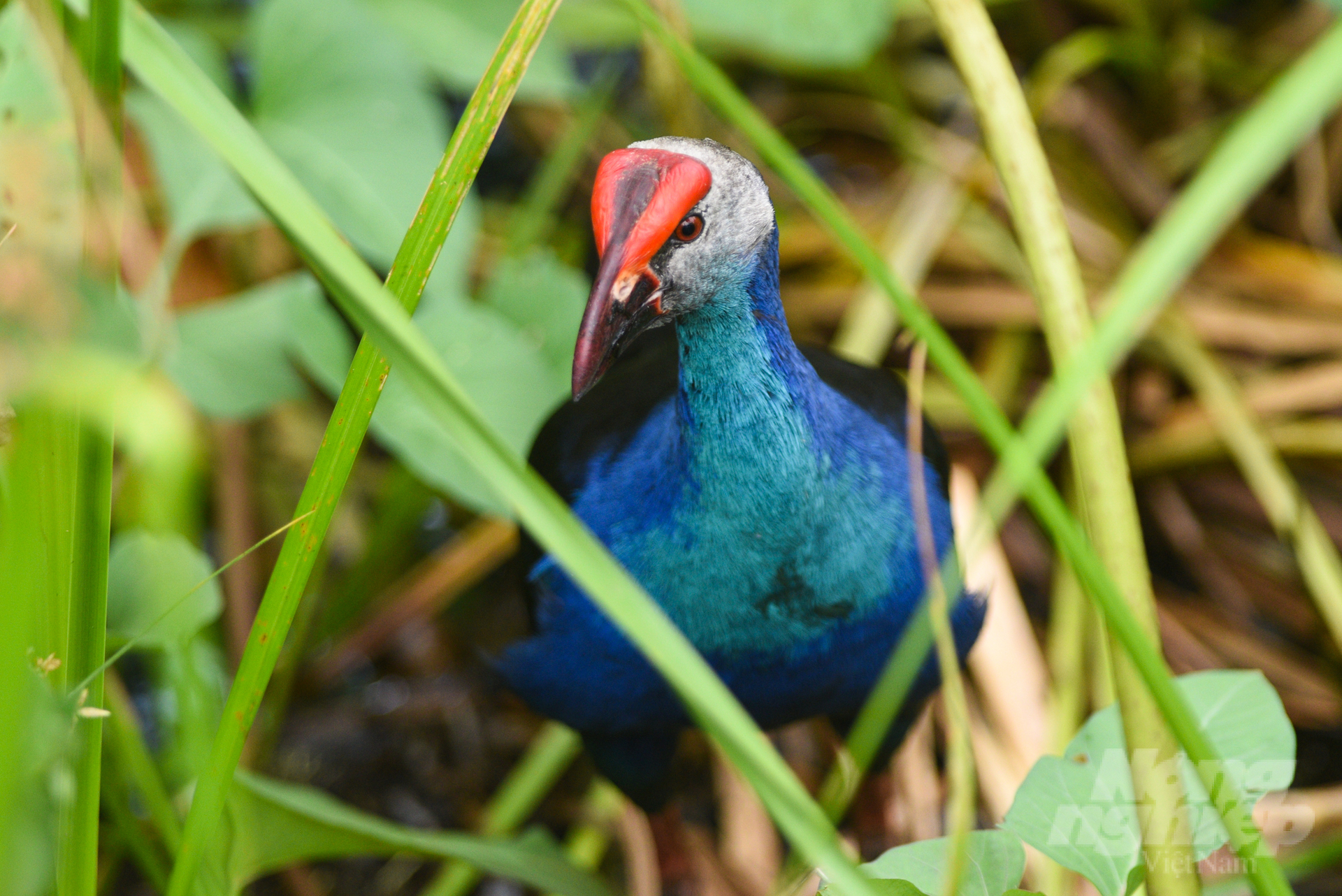
Porphyrio is the genus of the swamphen or swamp hen within the rail family. They reside in the south and are frequently encountered in the Tram Chim, U Minh Ha, U Minh Thuong, and Dat Mui National Parks.
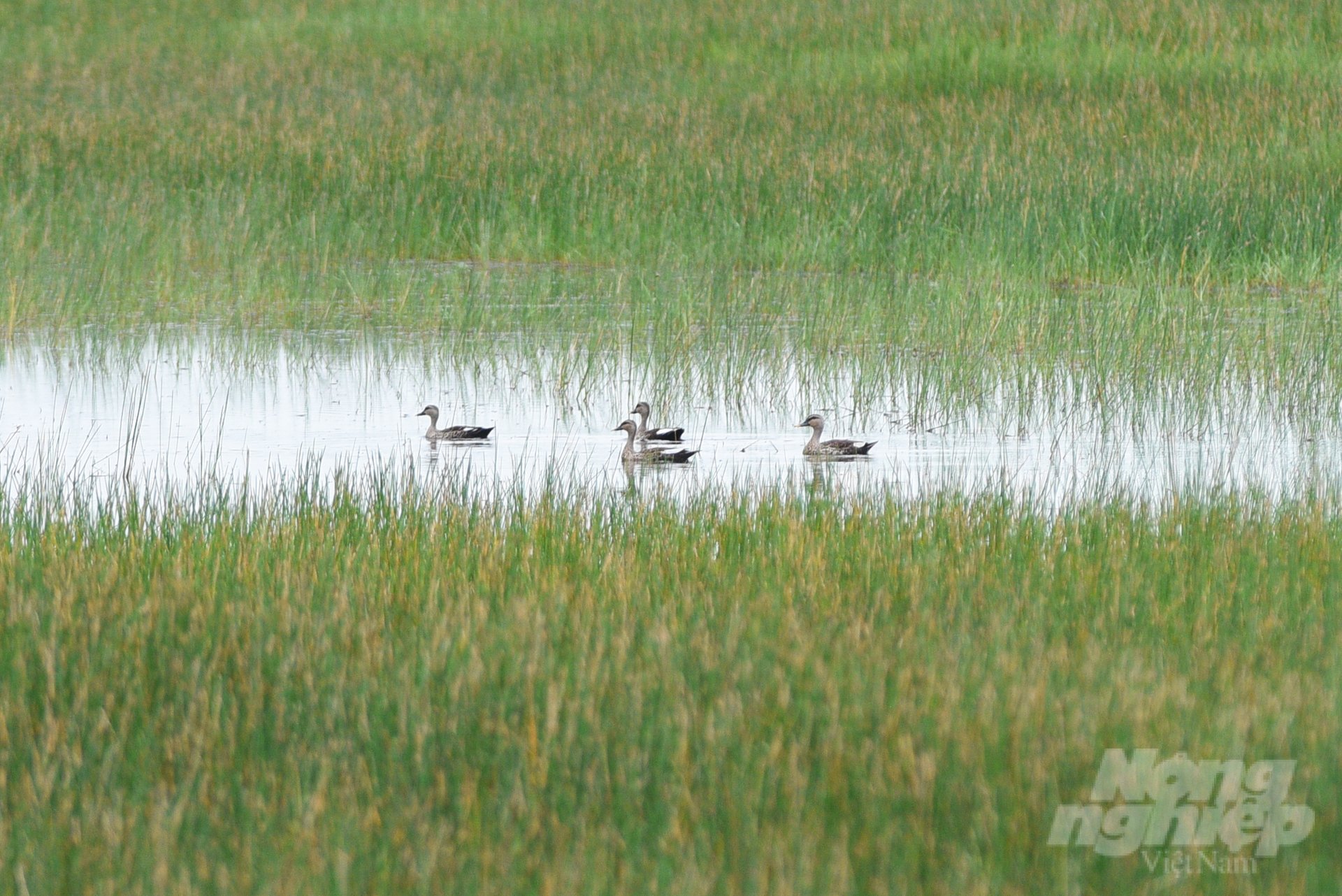
Mallard. The mallard's avian ancestor originated in the Anatidae family. Also known as the wild duck and the gourd duck. A species of duck that breeds in temperate and subtropical America, Asia, Africa, and Europe.
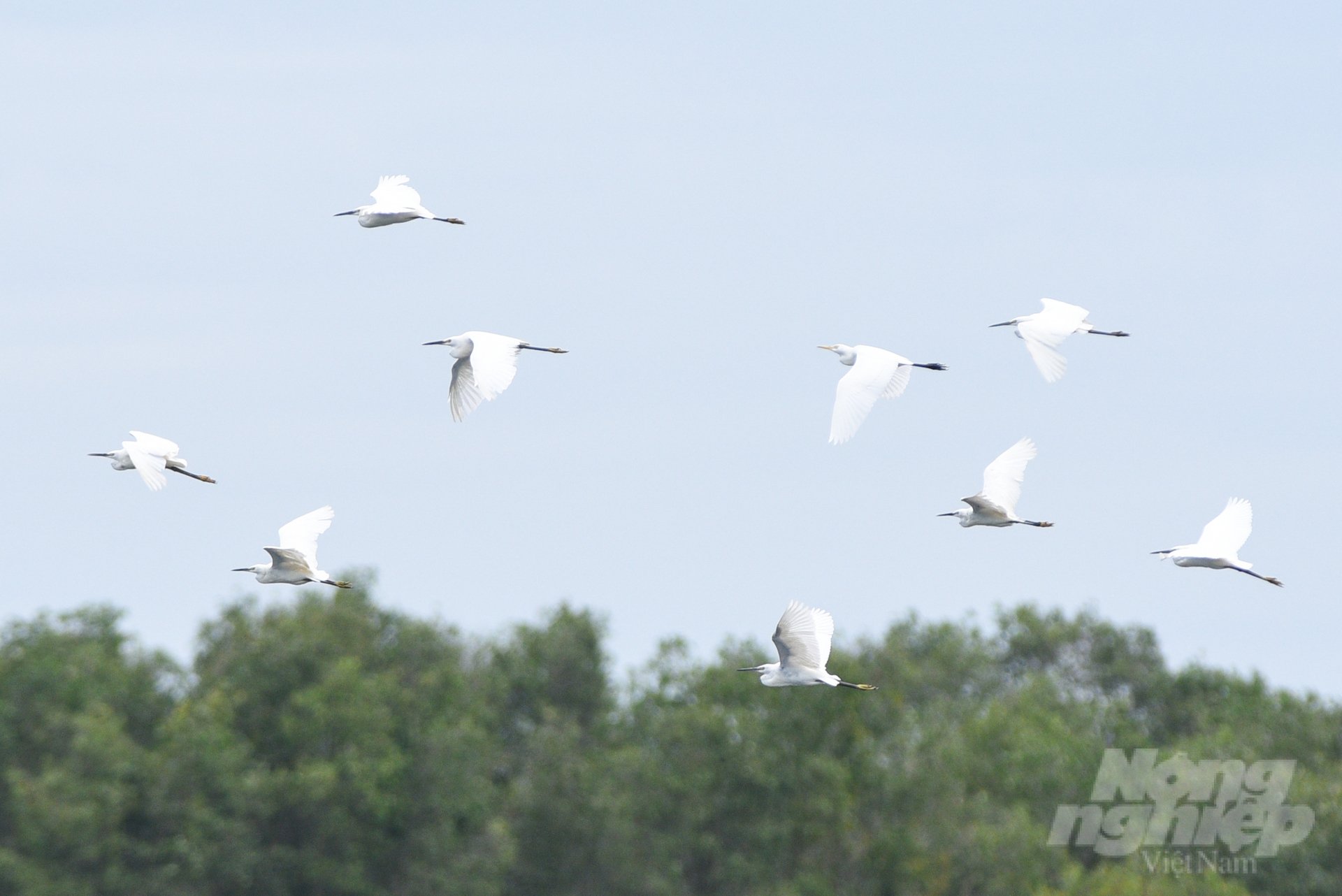
The white stork, known scientifically as Egretta garzetta, is primarily found in warm-climate wetland habitats in Europe, Africa, Asia, and Australia. Typically, this animal inhabits tiny populations. In addition to fish, they eat amphibians, small reptiles, birds, mammals, crustaceans, mollusks, and invertebrates.
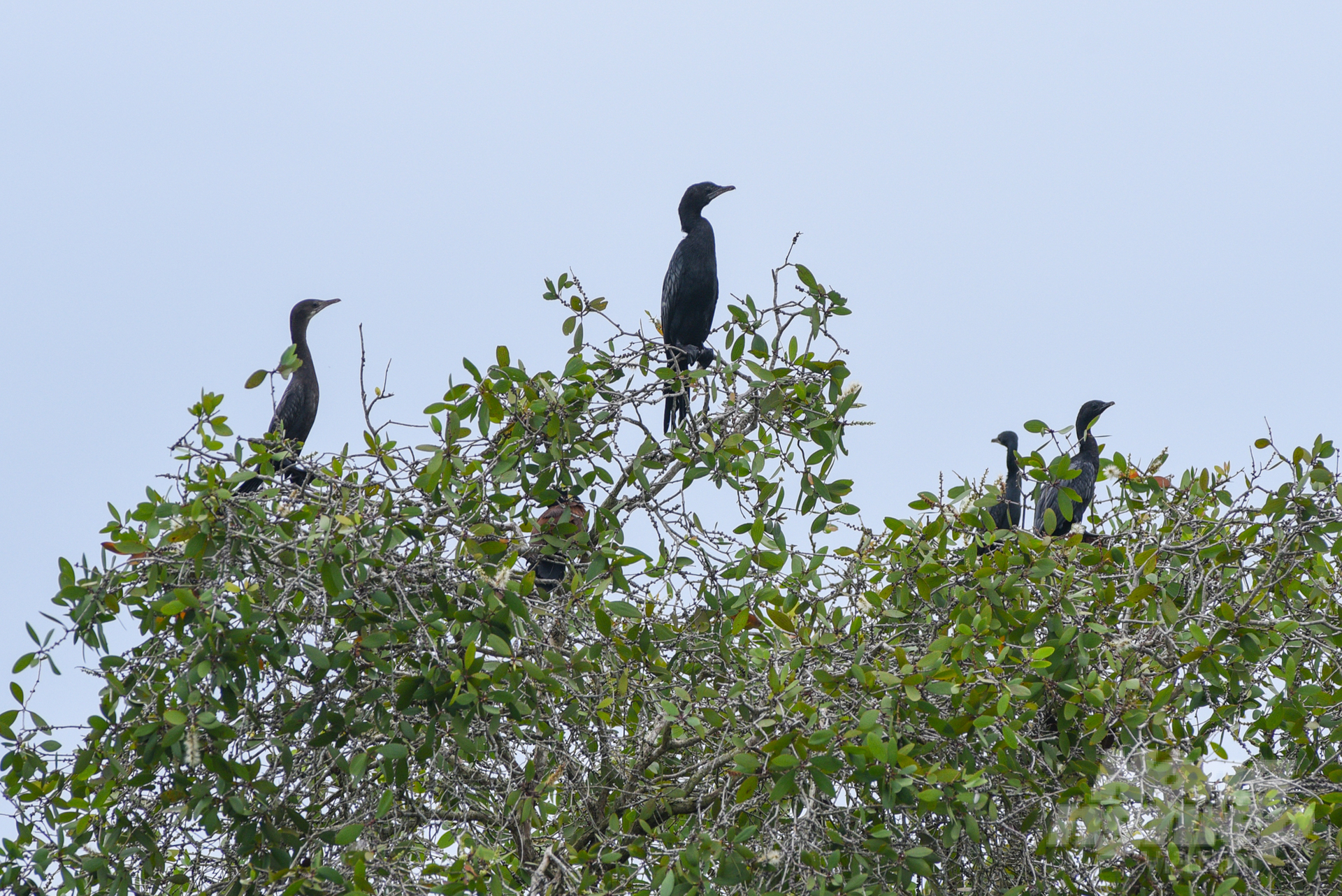
The Black shag, or Great cormorant, has a slightly longer tail and a nape with yellow patches. This species inhabits inundated rivers, canals, ponds, and pastures. Fish is the primary sustenance of the black shag. Some regions even refer to them as cormorants.
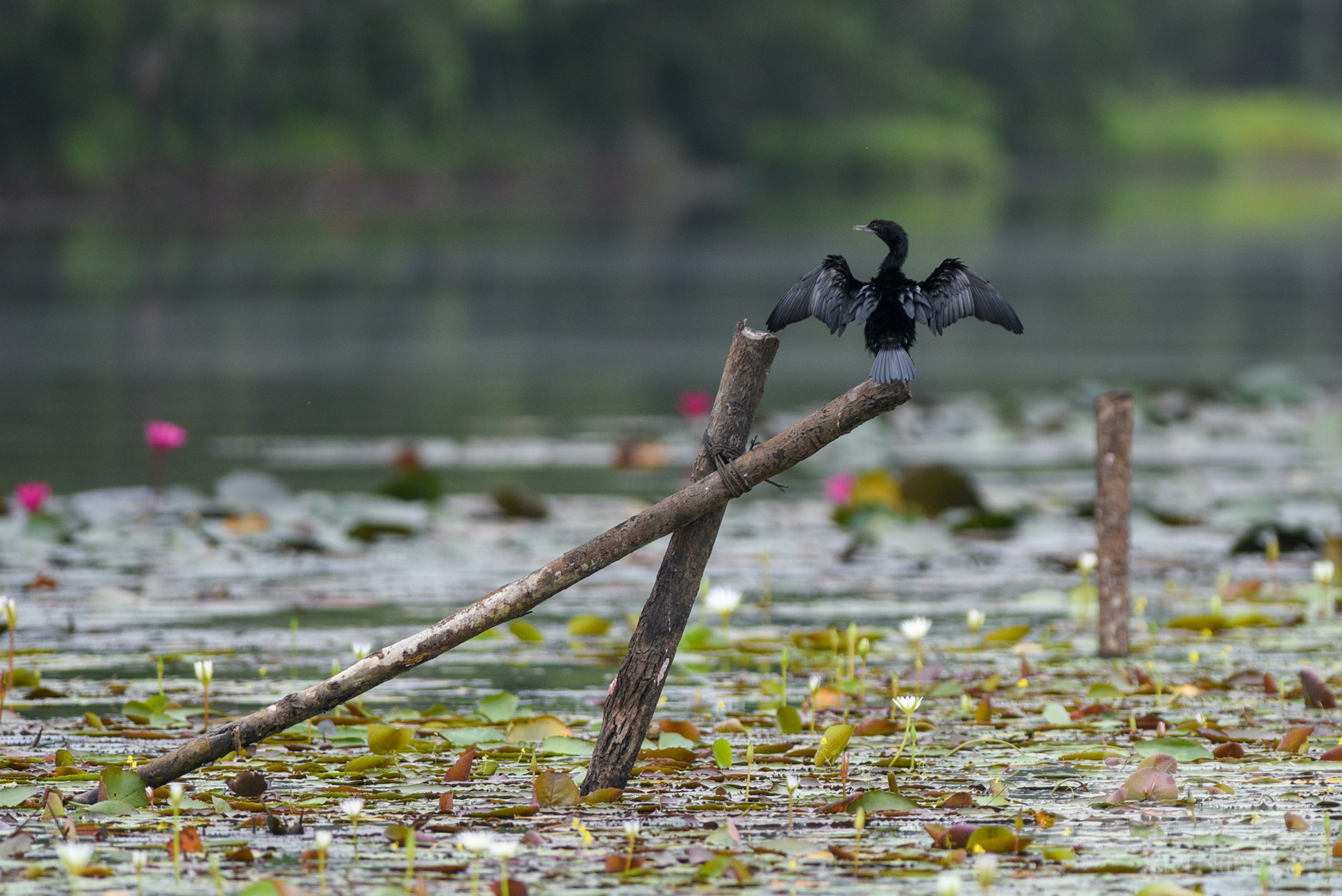
The black shag has a long body and neck, a rounded snout with a slightly enlarged tip, and curved, sharp talons. They have large, broad wings, black plumage with a greenish-purple tint on the head, neck, upper body, and tail, and a greenish-purple tint on the upper body, neck, and tail. There is a fairly broad white streak on the cheekbones around the eyes and breast.
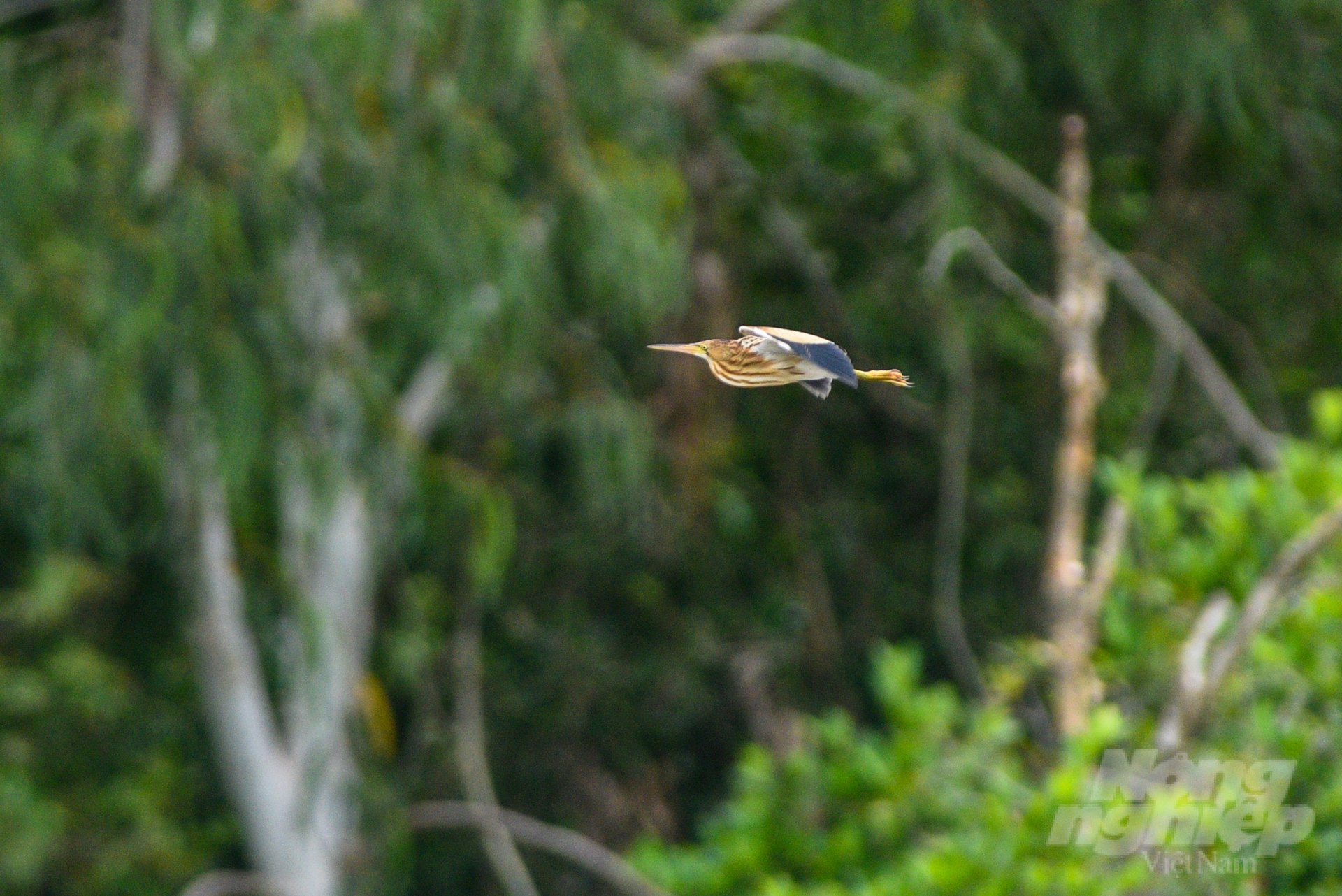
The Chinese pond-heron, Ardeola bacchus, is a member of the Ardeidae family of East Asian freshwater birds. The Chinese pond heron is approximately 50 centimeters in length and has a white background, chestnut back, yellow bill with a black tip, yellow legs, and yellow irises. During reproductive season, its feathers become scarlet, blue, and white.
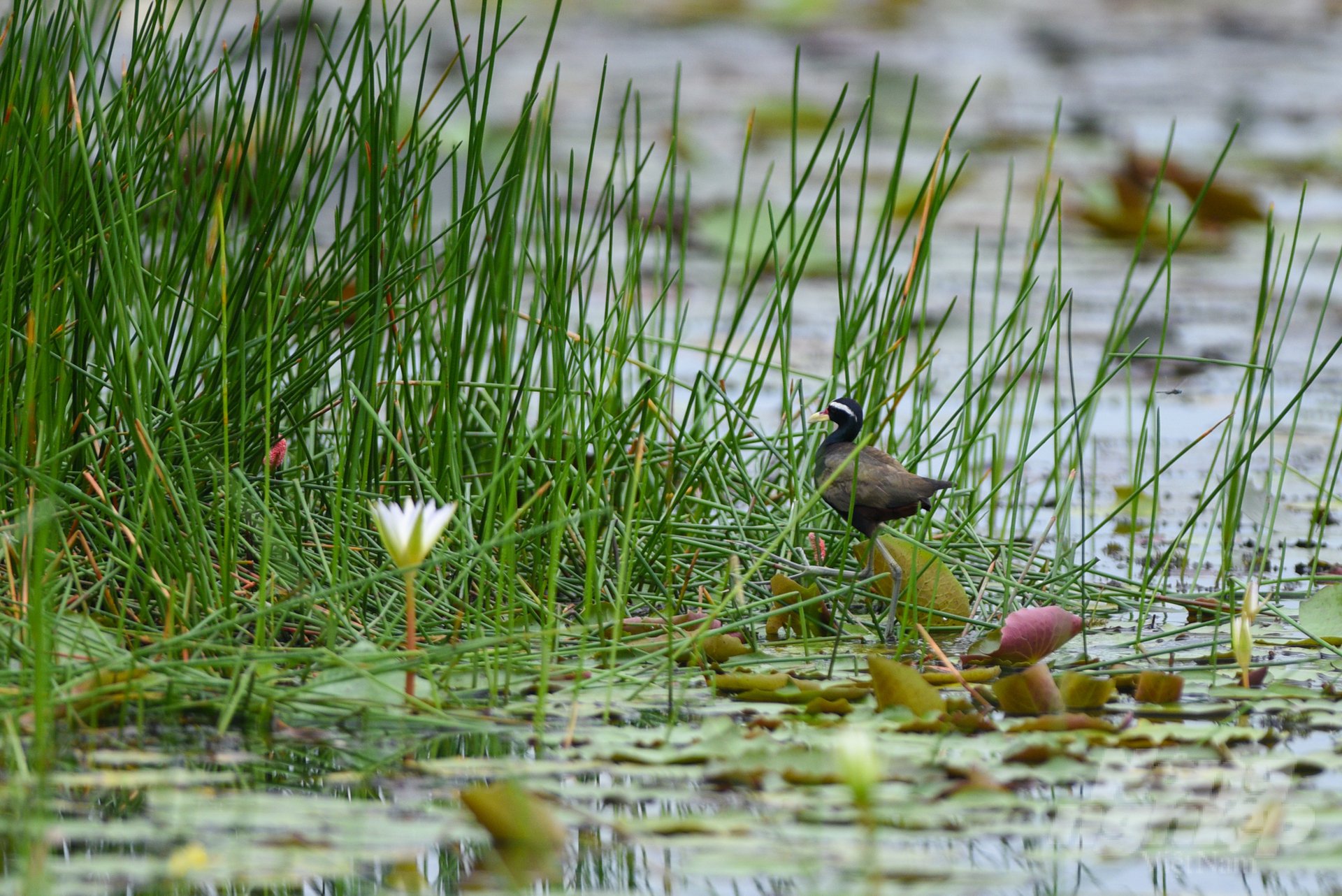
Metopdius indicus or Pheasant-tailed Jacana is a member of the Jacanidae family. The mature Pheasant-tailed jacana has feathers above the eyes and a broad eyebrow band that extends to the white nape. The remainder of the head and neck is red, the armpits and wings are dark green, and the upper neck is either greenish-red or purple-green.
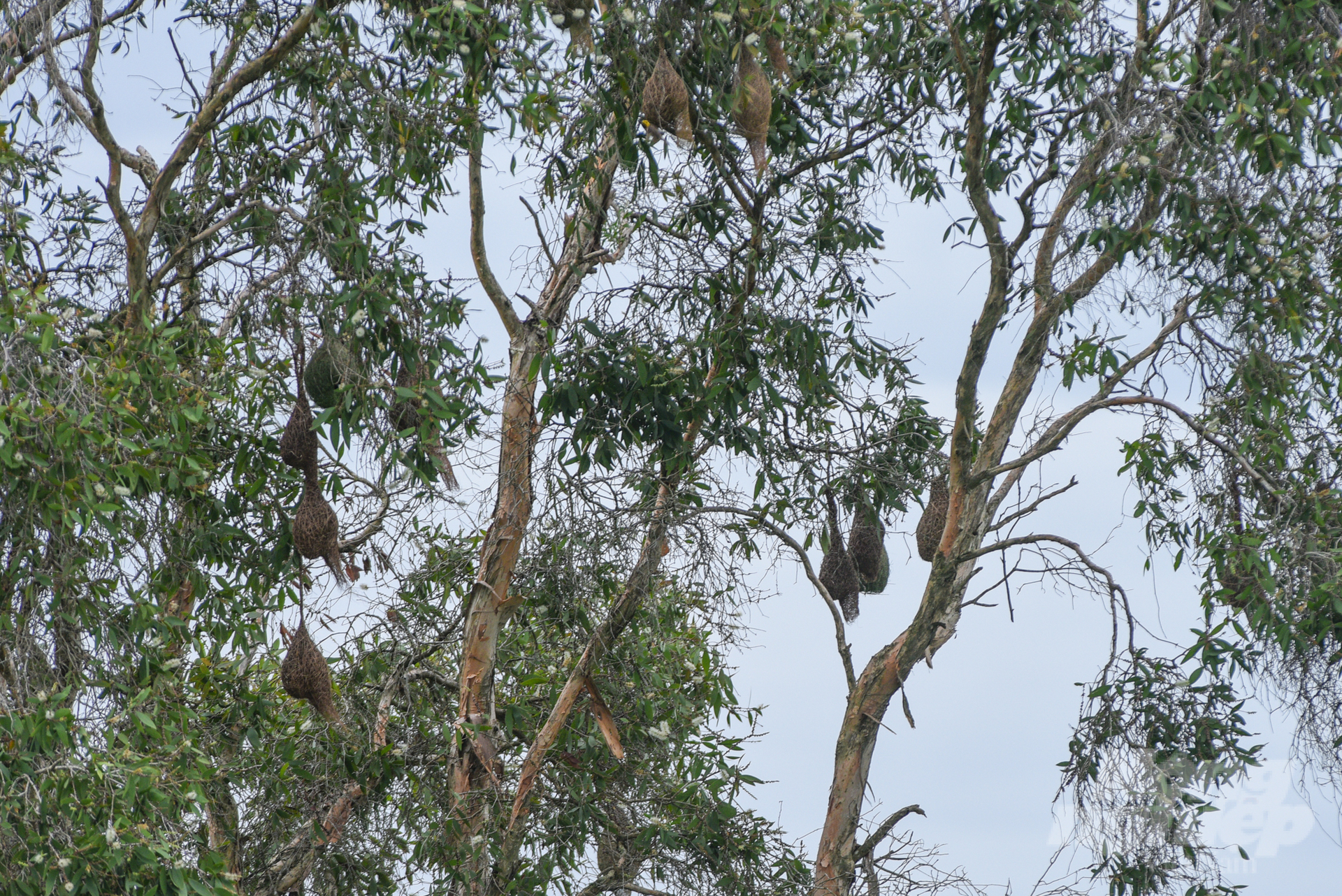
Nests of weaver birds constructed on large trees in Tram Chim National Park's wetlands. The Weaver Bird has perhaps the most intricate nesting patterns of all species. They typically reside in clusters. They typically construct multiple nests on a single tree limb. Typically, males construct shelters as a means of expression and to attract females.

Tram Chim National Park is preserving birds to support research on waterfowl systems, evaluate biodiversity values and park resources, and thus contribute to the conservation of these species. existing water in the garden and contributing to the database of the garden.

Red-crowned crane, yellow-breasted sparrow, red-backed owl, eastern grass-owl, osprey, eastern marsh harrier, old javanese, great cormorant, spot-billed pelican, gray-footed pelican, darter, painted stork, white-rumped shama, and 101 other common bird species have been recorded in Tram Chim National Park, Dong Thap province.
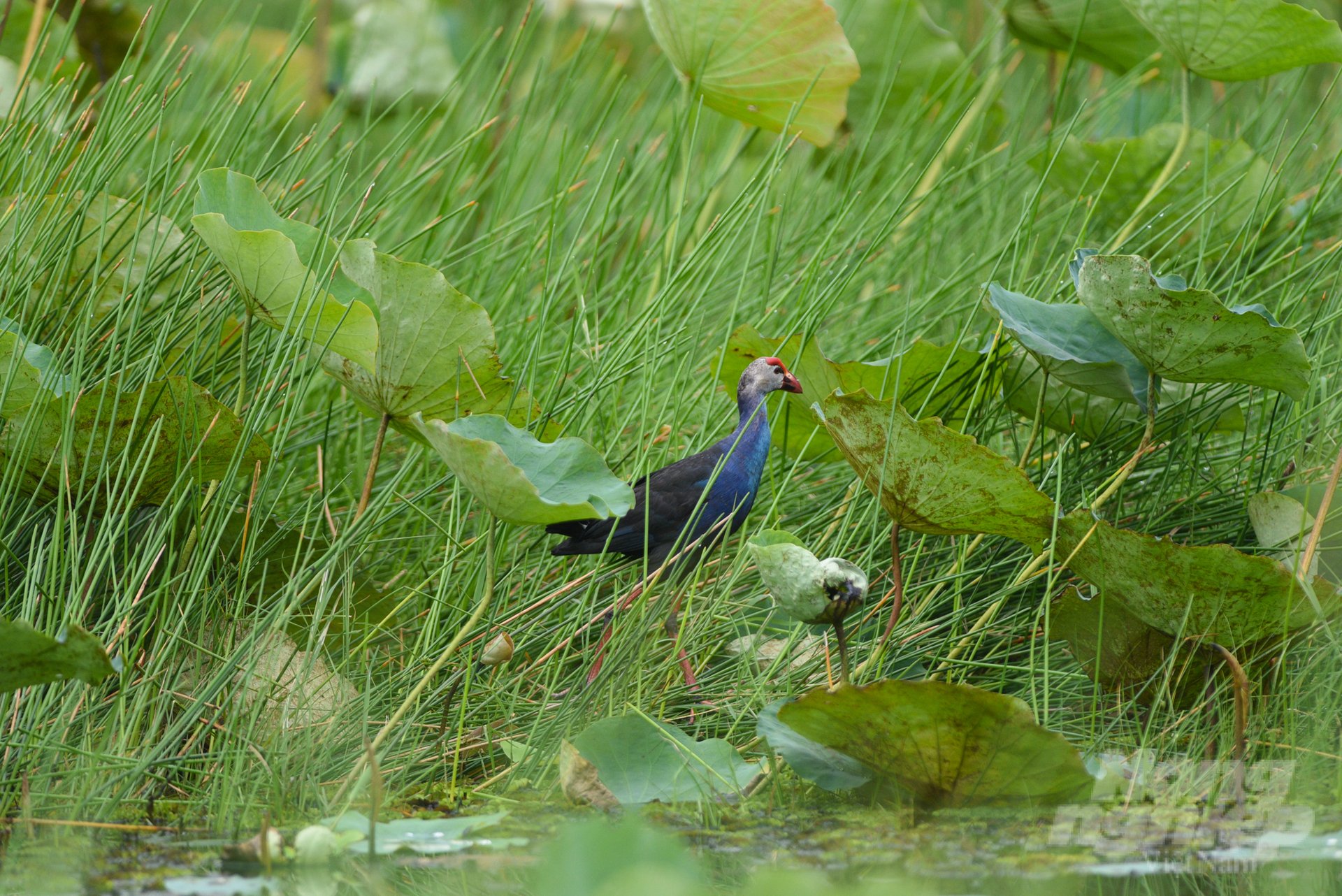
Tram Chim National Park is recognized as one of Vietnam's regions with numerous rare avian species due to its abundant natural environment. Tram Chim National Park is therefore strictly protected to aid in the preservation of rare species.
Translated by Linh Linh

(VAN) The launch of the Vietnam green and low-emission rice brand is a positive signal for both businesses and farmers, marking readiness to reach new heights in the global market.

(VAN) The U.S. tariff will have a significant impact on Vietnam’s wood industry as well as the U.S. furniture market. A reasonable tariff rate would be beneficial for both sides.

(VAN) India's retail inflation remained below the central bank's 4% target for the third consecutive month as food prices rose at a slower pace, opening up room for more interest rate cuts.
![Multi-channel, multi-directional Vietnamese agricultural markets: [5] Safety is the key](https://t.ex-cdn.com/nongnghiepmoitruong.vn/608w/files/linhnhp/2025/05/13/trai-cay-viet-nam-170345_133-221148-0908330.jpg)
(VAN) The Middle Eastern market presents new opportunities for Vietnamese agricultural products, but safety in product quality, payment, and partnership relations is a fundamental principle.

(VAN) Vietnam's participation in the AGROALBA project helps open up broader investment opportunities for enterprises to access markets in the fields of agriculture.

(VAN) On May 13, Deputy Minister of Agriculture and Environment Phung Duc Tien held a meeting with Cuban Deputy Minister of the Food Industry Javier Francisco Agular Rodriguez.

(VAN) Agriculture and environment sector experienced a 3.74% increase in growth during the first four months of 2025, with exports surpassing 21 billion USD. This growth was sustained by effective reforms and a trade surplus.